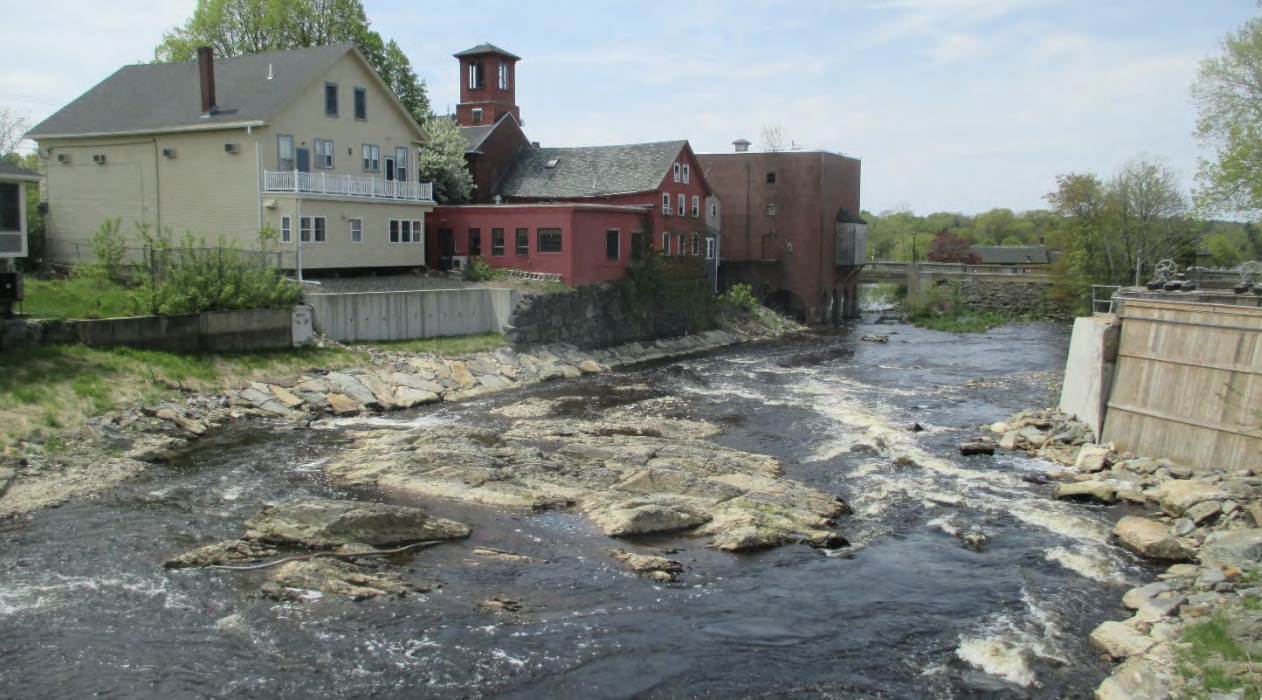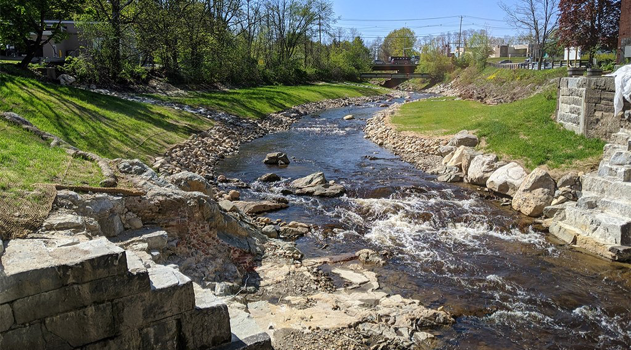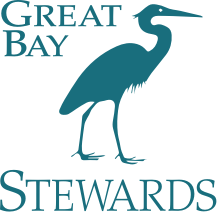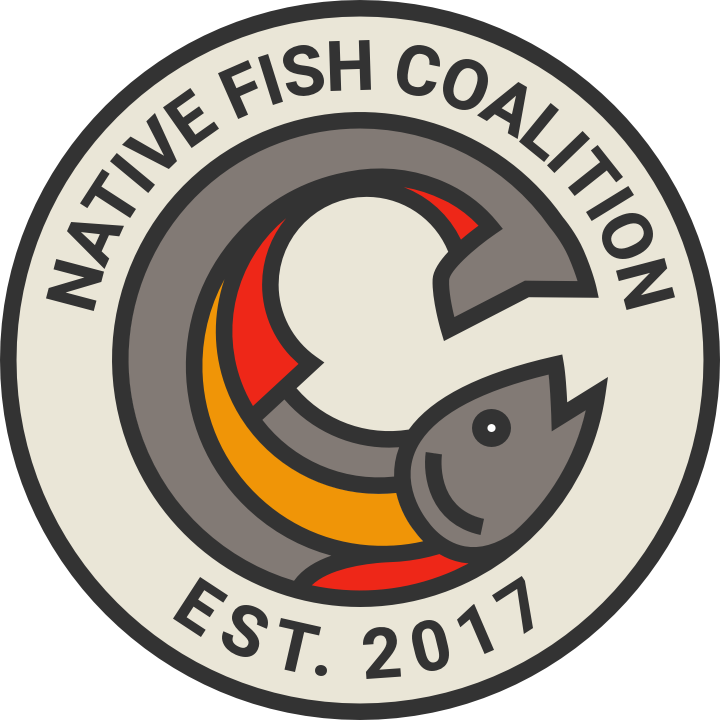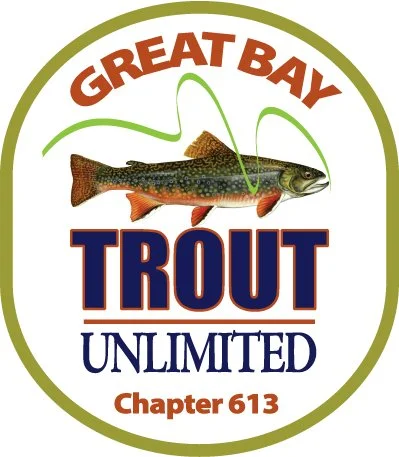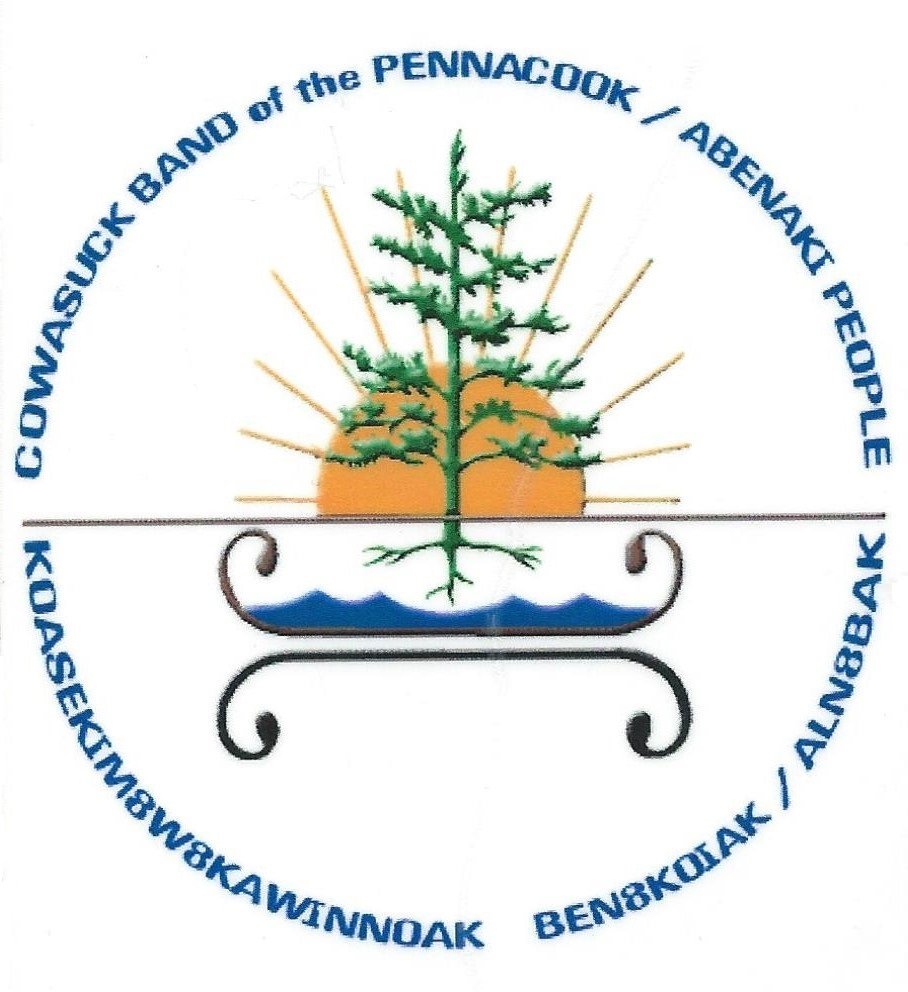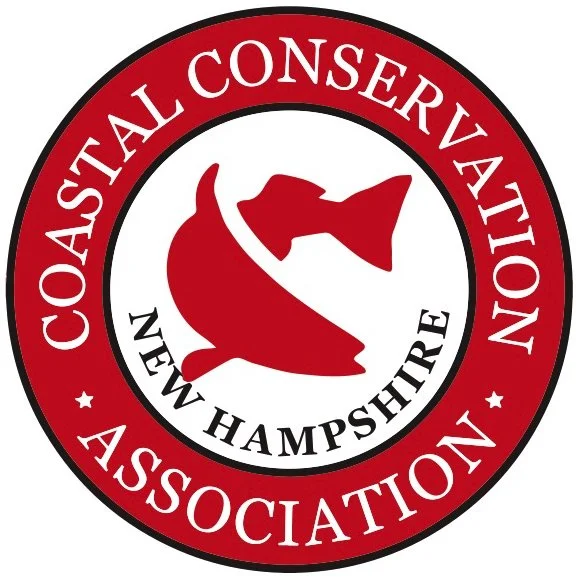
Help Decide What a Post-Dam Oyster River will look like
Have a few minutes to help?
Mill Pond Dam Removal is in line for a NOAA grant that would pay for removal and a new fish ladder.
NOAA Fisheries today release its list of fish restoration project grants, and Durham, NH is on the list! Fosters story is here.
Next Steps in the Process to Remove the Mill Pond:
Save taxpayer dollars: Voting NO will save taxpayer dollars now, and into the future.
Improve water quality: A free-flowing river will help reverse impairments and increase opportunities for recreation.
Reduce risk of flooding: River restoration is proven to mitigate the impacts of flooding and other hazardous weather.
Restore ecosystem health: Removing the dam will enhance native fish runs and habitat for other plants and animals.
Respect Indigenous History: The Cowasuck Band of the Pennacook-Abenaki People are in favor of dam removal as a way to honor their 12,500-year history.
TOP 10 FREQUENTLY ASKED QUESTIONS
Get involved
There are lots of ways to help! Put a yard sign in front of your house, hold signs on voting day, distribute door hangers in your neighborhood, write a letter to the editor, and more! We need all hands on deck and would love your help!
Fill out the form below or email us.
Exeter River after removal of the Great Dam
Bellamy River, Dover, after removal of Sawyer Mill Dam
Who we are:
The Oyster River Conservation Alliance is a coalition of Durham residents, nonprofit organizations, and other stakeholders who advocate for removal of Durham's deficient and unsafe Mill Pond Dam and restoration of the Oyster River. All materials for the campaign to Free to the Oyster River were designed and printed in New Hampshire and paid for by The Nature Conservancy NH and other contributors. Scot Calitri, Chair, Oyster River Conservation Alliance.

